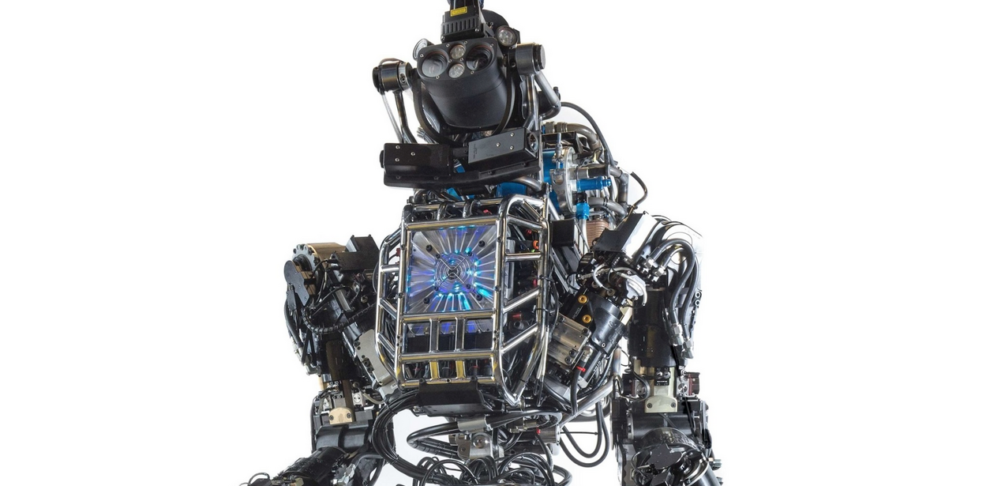Boston Dynamics is gearing up to transform the capabilities of humanoid robots with Atlas, its most advanced model, designed not just for research but now poised for commercial application. This shift marks a significant milestone in robotic development, targeting industrial and practical uses.
Overview of Atlas
Atlas, a high-profile project by Boston Dynamics, has evolved significantly since its inception. Originally developed as a research platform with funding from DARPA, Atlas is known for its remarkable agility and dynamic movement capabilities. Standing 1.5 meters tall and weighing 89 kilograms, the robot features 28 hydraulically actuated joints, allowing it to perform complex movements and tasks with a human-like grace and precision.
Advancements in Technology
Recent advancements have significantly enhanced Atlas’s ability to interact with its environment. This includes sophisticated perception systems that allow the robot to see and understand its surroundings in three dimensions, and advanced control systems that enable spontaneous and responsive movement. These developments have been crucial in transitioning Atlas from a laboratory wonder to a robot capable of practical, real-world applications.
Real-World Applications and Commercialization
Boston Dynamics has demonstrated Atlas’s potential in various scenarios, from construction sites to complex logistical tasks. For instance, Atlas has been shown performing tasks that require a high degree of precision and adaptability, such as navigating rough terrain, moving and manipulating objects, and even executing impressive acrobatic maneuvers.
Despite these showcases, the full commercial release of Atlas poses challenges. The complexity and cost of production, paired with the need for robust, fail-safe operations in commercial environments, make it a daunting task. However, under the stewardship of Hyundai, which acquired Boston Dynamics in 2020, the company is well-financed and continues to push the boundaries of what humanoid robots can achieve in industrial and commercial settings.
Future Prospects
The potential market for such advanced humanoid robots is vast, with applications ranging from manufacturing to entertainment. As technology progresses, the integration of robots like Atlas in daily operations across various industries could become a reality, transforming the current landscape of manual and mechanical labor.
Boston Dynamics continues to refine and develop Atlas, ensuring that each iteration is more capable and reliable, paving the way for a future where robots and humans work side by side in a myriad of environments.
The journey of Atlas from a dynamic prototype to a potentially market-ready product reflects the incredible advancements in robotics technology and hints at a future where the deployment of humanoid robots in everyday tasks is commonplace. As Boston Dynamics moves forward, the industry watches with anticipation to see how Atlas will evolve and integrate into the broader fabric of society.



















Add Comment